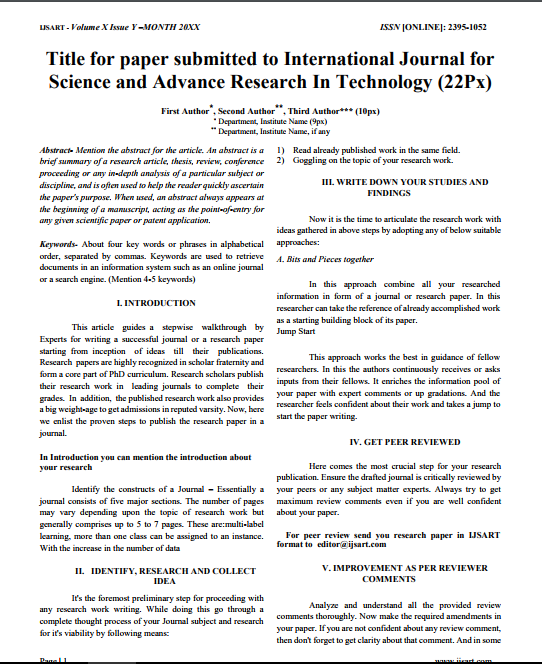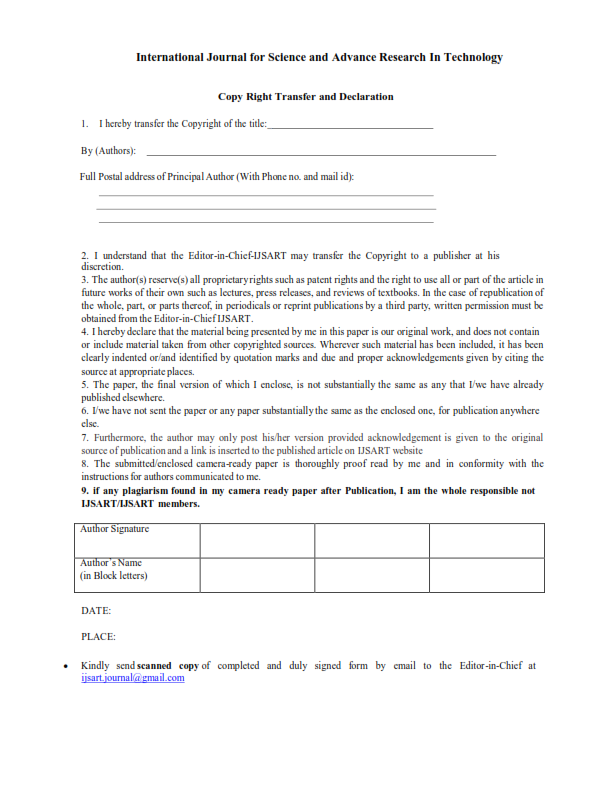CFD ANALYSIS OF AUDITORIUM USING ANSYS FLUENT |
Author(s): |
| Potharalanka Subramanyam |
Keywords: |
| CFD, HVAC, Seminar Hall, summer and winter seasons. |
Abstract |
|
The heating, ventilation and air conditioning (HVAC) is the prime aspect in any building design and management. Such systems play very important role in building construction and then the comfort of the occupants of buildings. Hence proper design of such HVAC system is necessary and is essential for efficient and green buildings the HVAC equipment perform the duty of heating and/ or cooling for residential and commercial buildings. Such HVAC system also provide fresh outdoor air to dilute the air contaminants such as odor from occupants of buildings, volatile organic compounds , chemicals etc. Air conditioning equipment is one of the major components in HVAC system. In the project work, an effort has been made to analyses the HVAC system used in seminar hall of Mechrise at Telangana which has sitting capacity of 100 people. It is very much essential to have comfortless for people participating in events like seminar, conferences, commercial presentations in seminar hall. Good cooling of seminar hall is essential especially in summer season and moderate warmness is necessary in winter season. In sitting arrangements, the 10 chairs are arranged in 10 rows. The Computational Fluid Dynamic analysis of HVAC system available in seminar hall is carried out by using ANSYS FLUENT software both summer and winter seasons. Parameter studies have been carried out by varying inlet velocity of air in the range 0.1 to 0.5 m/s. the results have been presented in the form of velocity, pressure and temperature contours. As it is observed that as inlet air velocity increases from 0.1 to 0.5 m/s. the outlet temperature decreases from 307 to 302 K. |
Other Details |
|
Paper ID: IJSARTV Published in: Volume : 5, Issue : 1 Publication Date: 1/20/2019 |
Article Preview |
|
Download Article |


